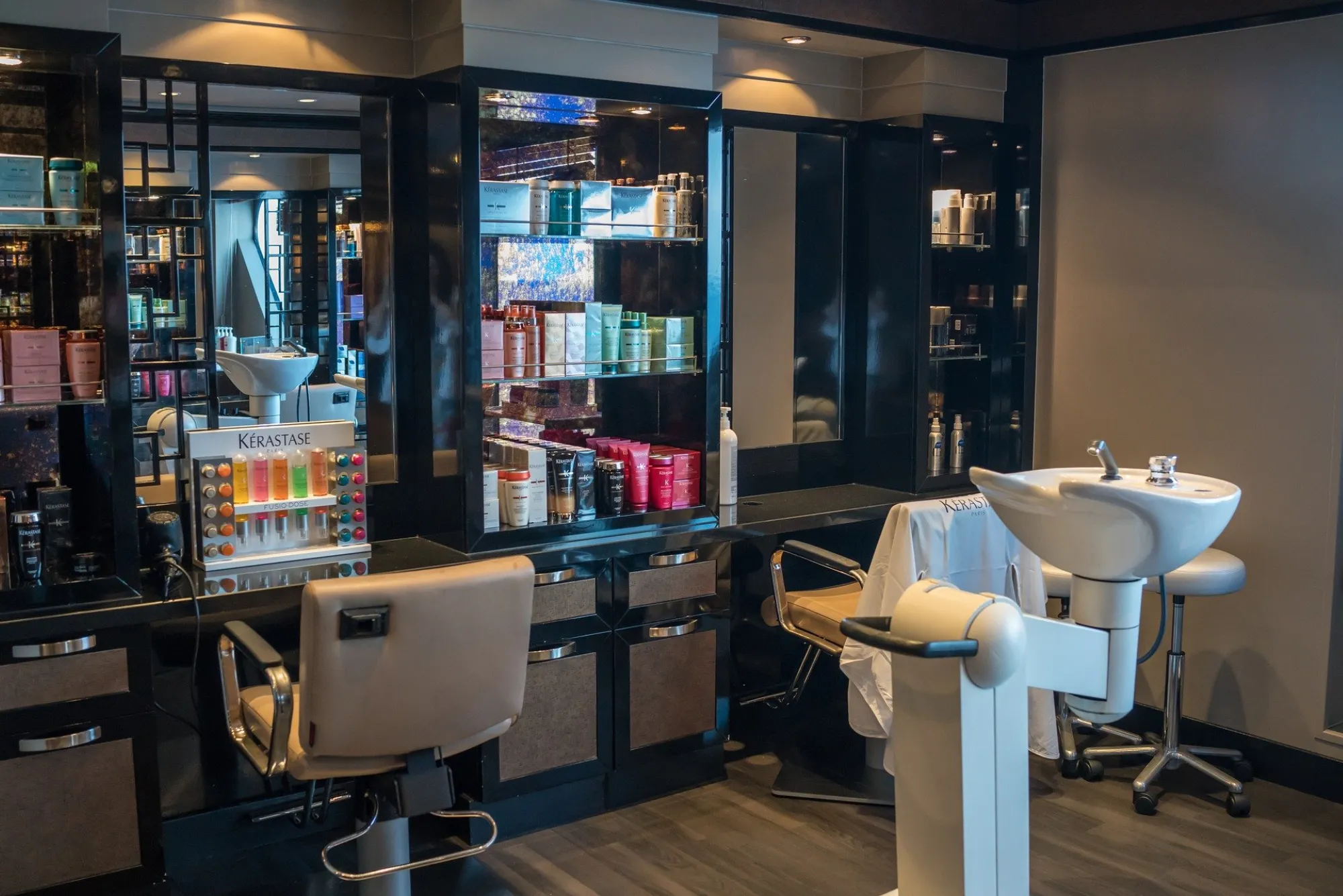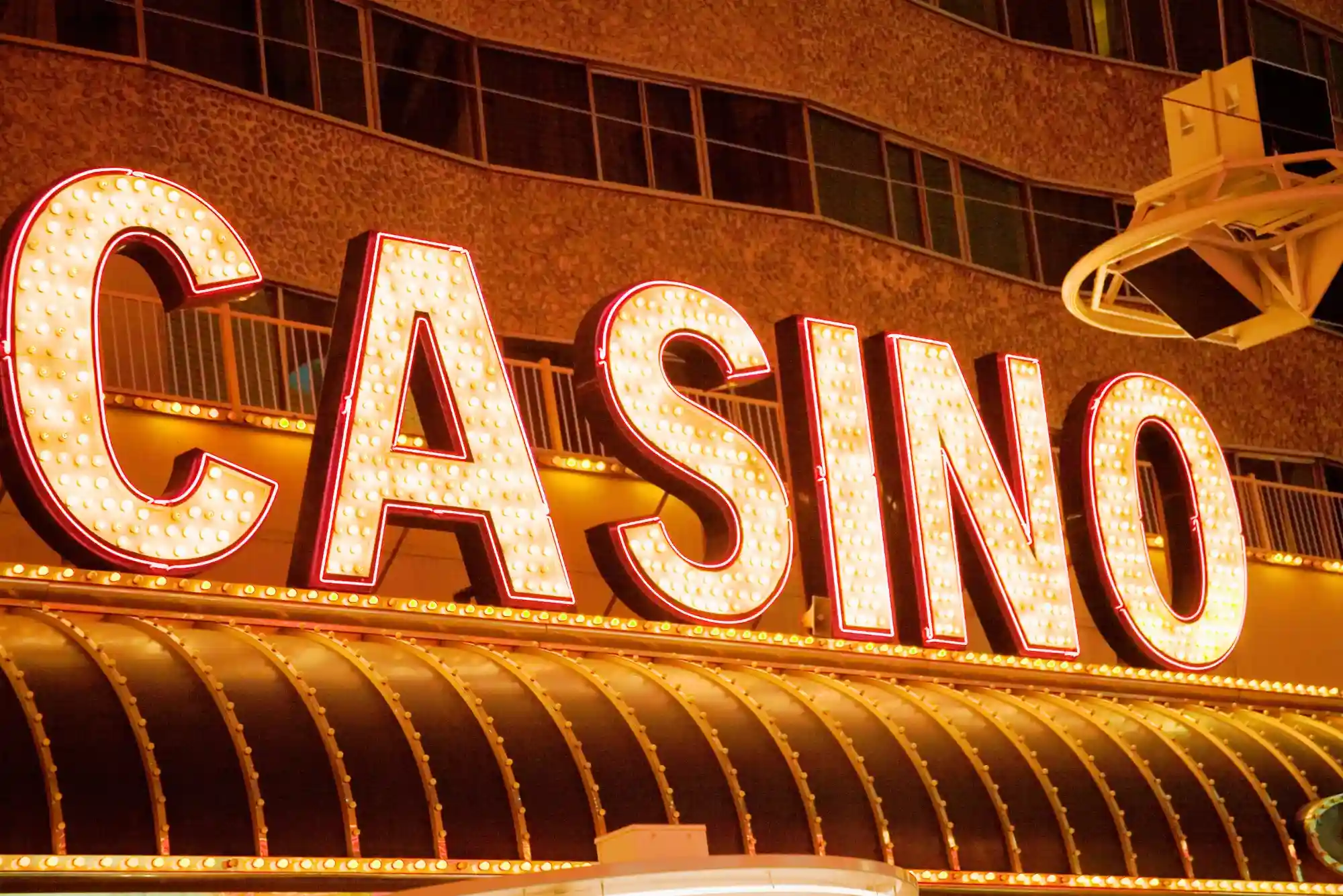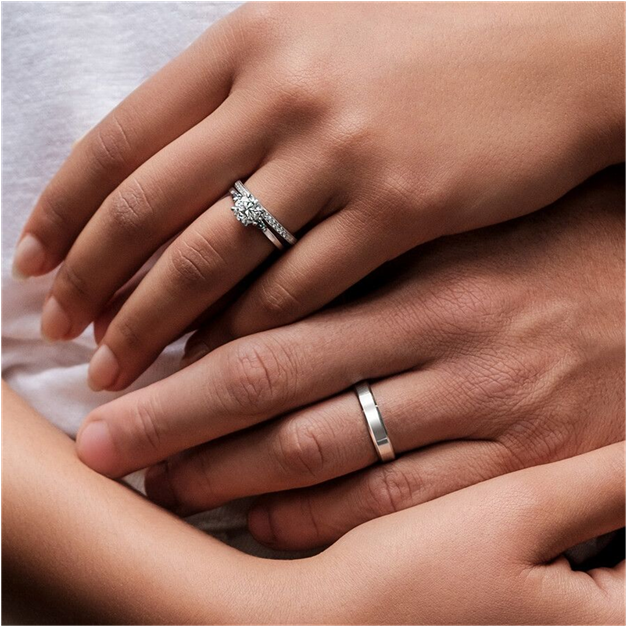Roulette is one of the most iconic casino games, a blend of suspense, strategy, and—let’s be honest—a dash of luck. Over decades, two primary variants have emerged on casino floors worldwide: American and European Roulette. As a seasoned player who’s sampled both at land-based casinos and in non GamStop casinos online, I’ve uncovered the nuances that separate these wheels of fortune. Whether you prefer the sharper edge of American Roulette or the player-friendly odds of its European counterpart, understanding these differences can transform your gaming experience—and potentially your results. Let’s dive in.
Origins and Historical Evolution
The story begins in 18th-century France, where the original wheel featured a single zero. This European design offered relatively favorable odds, quickly capturing the hearts of aristocrats and commoners alike. When roulette crossed the Atlantic in the 19th century, American gamblers tinkered with the format, adding a double zero and slightly altering the wheel’s number layout. The result? A new variant with a higher house edge that still commands respect at casino tables today.
Layout and Wheel Differences
The most visible contrast between American and European Roulette is the wheel itself. European wheels feature 37 pockets (numbers 1–36 and a single 0), while American wheels include an extra double zero (00), bringing the total to 38 pockets.
Beyond pocket count, the sequence of numbers differs. European layouts alternate red and black numbers more evenly, with the green zero neatly separating high and low numbers. American wheels group numbers in clusters, and the addition of 00 shifts the pattern, sometimes leading to slightly less predictable spins. These differences may seem cosmetic, but they influence both gameplay flow and betting strategies.
House Edge and Odds Explained
When evaluating any casino game, the house edge is your North Star. It tells you, on average, how much the casino expects to keep from your wagers over the long run.
European Roulette
-
Single zero
-
House edge of approximately 2.7%
American Roulette
-
Single zero and double zero
-
House edge of approximately 5.26%
This nearly doubled edge in the American game means that, on average, you’ll lose more per dollar wagered compared to European Roulette. For players keen on stretching their bankroll—especially in non GamStop casinos, where promotional offers can vary—this distinction can be the difference between a fun session and a frustrating one.
Betting Options and Payout Structures
Both variants share a core set of bets—straight-up numbers, splits, streets, corners, dozens, columns, and outside bets like red/black or odd/even. Payouts are identical: a straight-up number pays 35:1, splits pay 17:1, and so on.
However, European Roulette often features the “La Partage” or “En Prison” rules at some tables. Under “La Partage,” you recover half your even-money bet if the ball lands on zero. With “En Prison,” your bet remains “imprisoned” for the next spin, offering a second chance at full recovery. These rules effectively halve the house edge on even-money bets to about 1.35%, a huge boon for strategic players.
Table Minimums, Maximums, and Table Etiquette
American wheels tend to appear in larger casinos with higher table limits, catering to high rollers. European wheels can be found in more varied environments, from intimate brick-and-mortar casinos in Monte Carlo to online tables at international non GamStop casinos. Minimum bets might start as low as £1, making European Roulette accessible to casual players.
Table etiquette also varies. In European casinos, croupiers often handle bets from start to finish, calling out “no more bets” with a clear hand gesture. In American casinos, you’ll see dedicated dealers and “spotters” collecting bets and managing the game’s pace. Observing these cultural cues can help newcomers blend in and avoid unintentional faux pas.
Strategies and Tip-of-the-Day
No system—Martingale, Fibonacci, or D’Alembert—can overcome the built-in house edge. But understanding which variant you’re playing allows you to tweak these approaches. For instance, if you enjoy the Martingale (doubling after each loss), you’ll face fewer bankruptcies at European tables due to the lower edge and a slightly more forgiving number layout.
Tip of the Day: If you prefer structured play, seek European tables with La Partage. For thrill-seekers looking to ramp up volatility, American wheels deliver bigger swings—and bigger potential wins (and losses).
Real-World Experience: A Tale from the Felt
Last year, I visited a renowned Las Vegas casino and alternated between their flagship American wheel and a quieter European table tucked away behind a VIP lounge. On the American wheel, I experienced one of the most electrifying spins of my life—an inside straight hit on 17—but my session ended with a net loss due to that stubborn double zero. At the European table, I found a La Partage game, played modestly for two hours, and walked away almost even, thanks to repeated returns on my even-money bets. Those outcomes perfectly illustrate why variant selection matters as much as bet selection.
Using Online Tools and Resources
For players who prefer remote play, online casinos offer both variants at the click of a button. If you enroll through specialized review sites—especially those highlighting non GamStop casinos—you’ll find tailored guides, bonus comparisons, and game libraries. One such resource, Assignment Helper UK, surprisingly offers in-depth articles on casino math, probability theory, and game comparisons, blending academic rigor with real-world casino insights.
Ensuring Fair Play and Licensing
Whether you’re spinning a physical wheel or clicking “spin” online, ensure the operator holds valid licenses from recognized authorities—MGA, UKGC, or Gibraltar, for example. Random Number Generators (RNG) govern online wheels; reputable sites undergo regular independent audits to certify fairness. Checking for certification seals—like eCOGRA or iTech Labs—helps you avoid rogue operators.
Conclusion: Which Wheel Should You Choose?
The choice between American and European Roulette ultimately hinges on your priorities:
-
Value and lower risk: European Roulette, especially with La Partage or En Prison rules.
-
Higher stakes and bigger thrills: American Roulette’s double zero introduces volatility.
-
Balanced approach: Mix sessions at both tables to enjoy variety while managing risk.
By understanding the fundamental differences—wheel layout, house edge, special rules, and cultural context—you’ll make more informed decisions, optimize your bankroll, and derive greater enjoyment from every spin.









